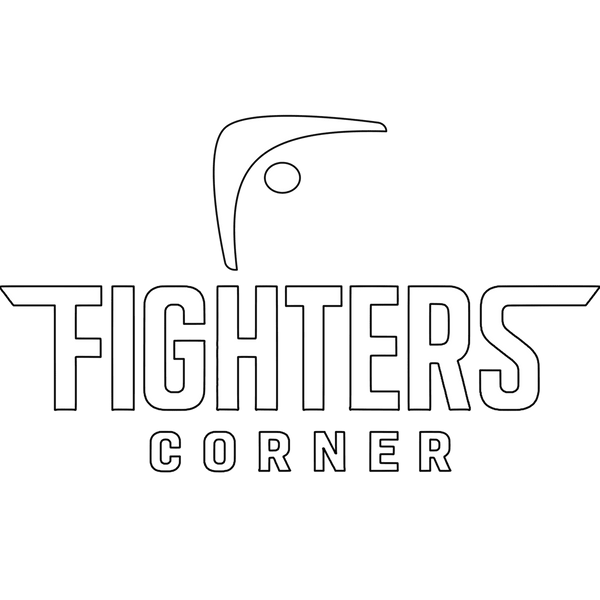The Benefits of Wearing Compression Shirts for Boxing Training & Recovery
Jeremy Emebe
Learn why boxers wear compression tops: muscle support, faster recovery, better blood flow, and improved comfort under pressure.
Quick Answer
Compression shirts in boxing: help stabilize muscles and reduce vibration, enhance blood circulation and oxygen delivery, speed up recovery, reduce fatigue, and offer comfort & support under gloves and pads.
Compression garments have grown in popularity across many sports—and boxing is no exception. But don’t let the sleek look fool you: compression shirts serve more than aesthetic purposes. Here’s how wearing one can boost your training, performance, and recovery in the ring.
Heads up: The science is mixed—but many fighters and strength coaches report real gains. We’ll show you what’s proven, what’s plausible, and how to test for yourself.
How Compression Shirts Work

Compression clothing is engineered to apply a controlled amount of pressure to the skin and superficial tissues. This “gradient pressure” is thought to:
- Stabilize muscle fibers and reduce micro-oscillations (tiny vibrations during movement)
- Improve venous return and blood flow, aiding circulation
- Help flush metabolic waste (lactic acid) and promote recovery
- Provide proprioceptive feedback (you “feel” your body better)
These effects are particularly useful in sports with high repetition, impact, and quick burst movements—exactly what boxing demands. Research on compression garments does suggest benefits during recovery phases.
Key Benefits for Boxing
Muscle Stabilization & Reduced Vibration
When you throw punches or work the bag, your muscles endure repetitive micro-stresses. A compression shirt helps limit oscillation, which may reduce fatigue and energy waste over time.
Improved Circulation & Oxygen Delivery
By enhancing venous return, compression can help muscles receive oxygen more efficiently during training. Better perfusion can translate into sustained output.
Enhanced Recovery & Less Soreness
Many athletes report reduced delayed onset muscle soreness (DOMS) when wearing compression tops post-workout. Some literature supports a modest recovery boost.
Perceived Exertion & Comfort
Compression garments have been shown to reduce the rate of perceived exertion (RPE) — meaning sessions “feel” easier. Also, snug fit reduces chafing and shifting of clothes under gear.
When & How to Use Compression Tops in Boxing

- During training: wear under your regular shirt or alone for bag, pad, and conditioning work.
- After sessions: keep it on during cooldown or stretches to aid circulation and recovery.
- In multi-session days: switching compression tops between sessions can keep you feeling fresher.
- Layering tip: pair with a lightweight top or hoodie over it during warm-ups if needed.
Things to Consider / Limitations
- The scientific evidence is not unanimous. Some studies find little to no impact on performance during exercise.
- Compression tops that are too tight can restrict breathing or movement in the ribcage/shoulder area.
- Benefit magnitude varies with pressure, fabric quality, fit, and how consistently you use it.
- Compression can't replace good training, rest, nutrition, or recovery protocols—it’s a supplement, not a miracle.
FAQs
Will a compression shirt make me stronger?
No. Compression doesn't create strength. But by reducing fatigue and micro-damage, it may help you maintain performance longer into a session.
Should I wear it all the time, even on rest days?
A light compression shirt might aid in circulation on rest days, but it’s not essential. Rest, sleep, and nutrition matter more.
How tight should it feel?
Snug but not constricting. You should breathe, move, twist, and flex without feeling “suffocated.” Always test mobility before full session.
Does it help for sparring or heavy contact?
Compression helps with muscle support and comfort, but it’s not protective gear. You still need wraps, gloves, and head protection.
Ready to Try It?
Give a high-quality compression top a week of regular use in training. Track how you feel mid-session and day after. You might notice lower soreness and sharper recovery.
